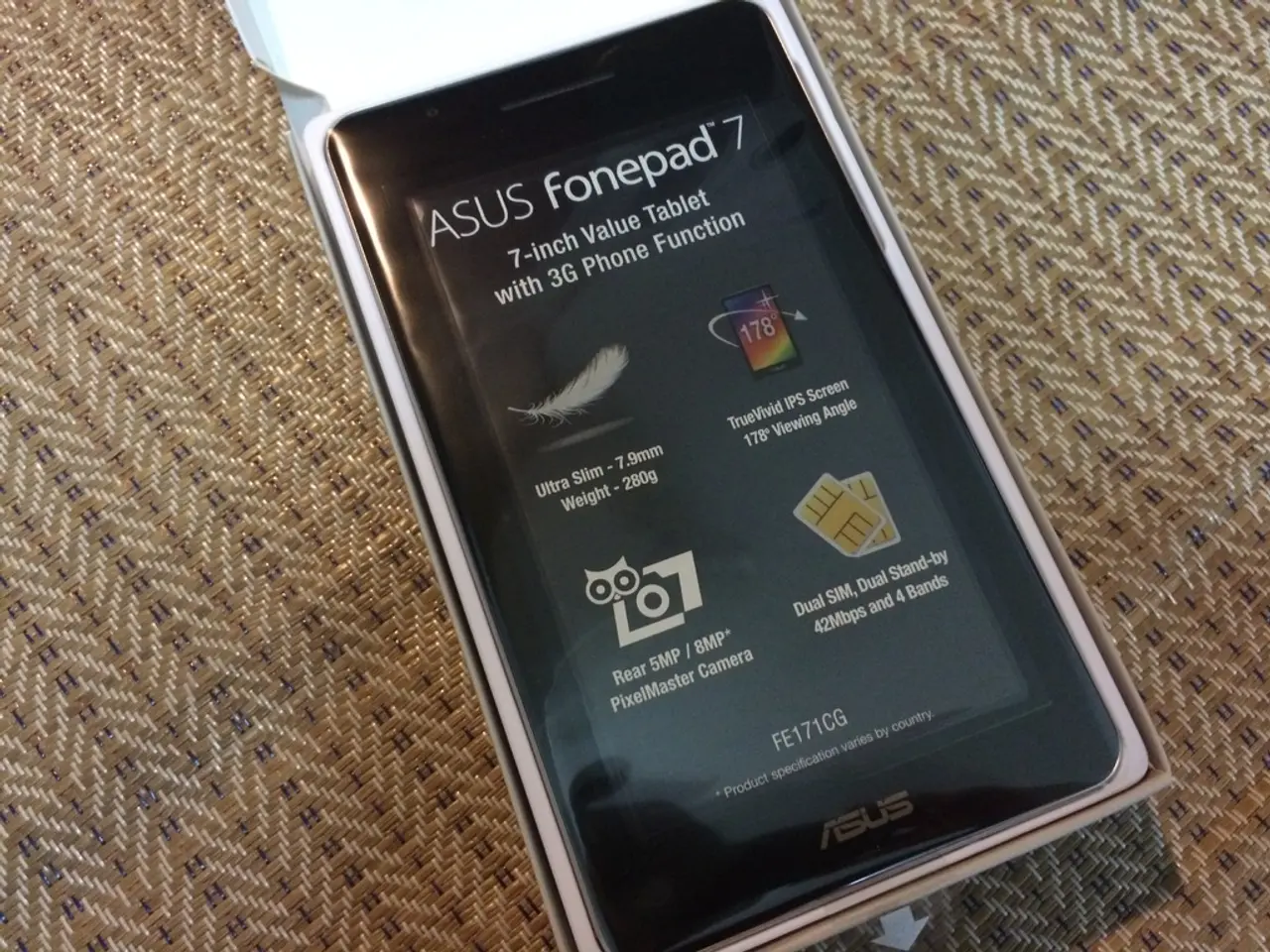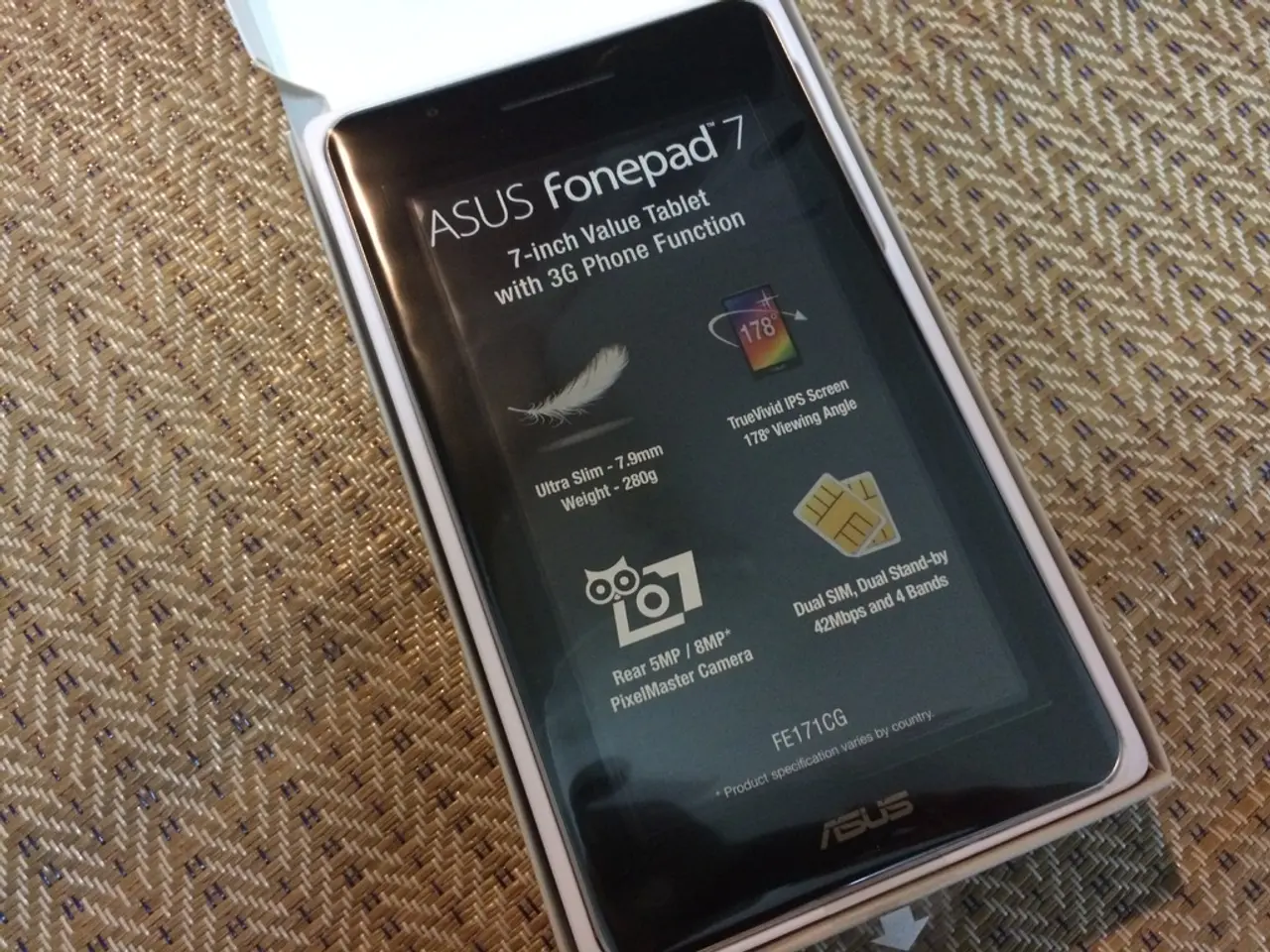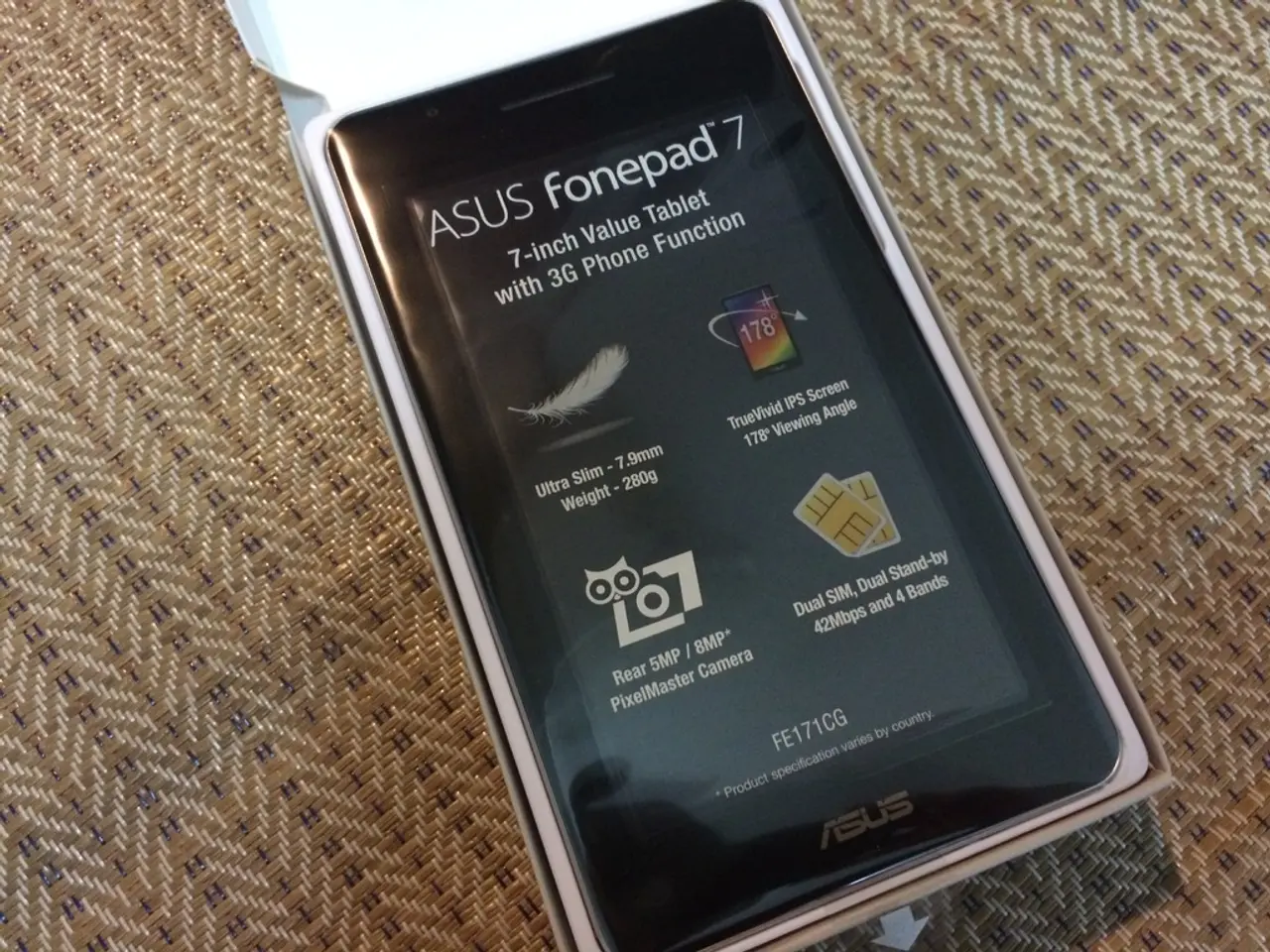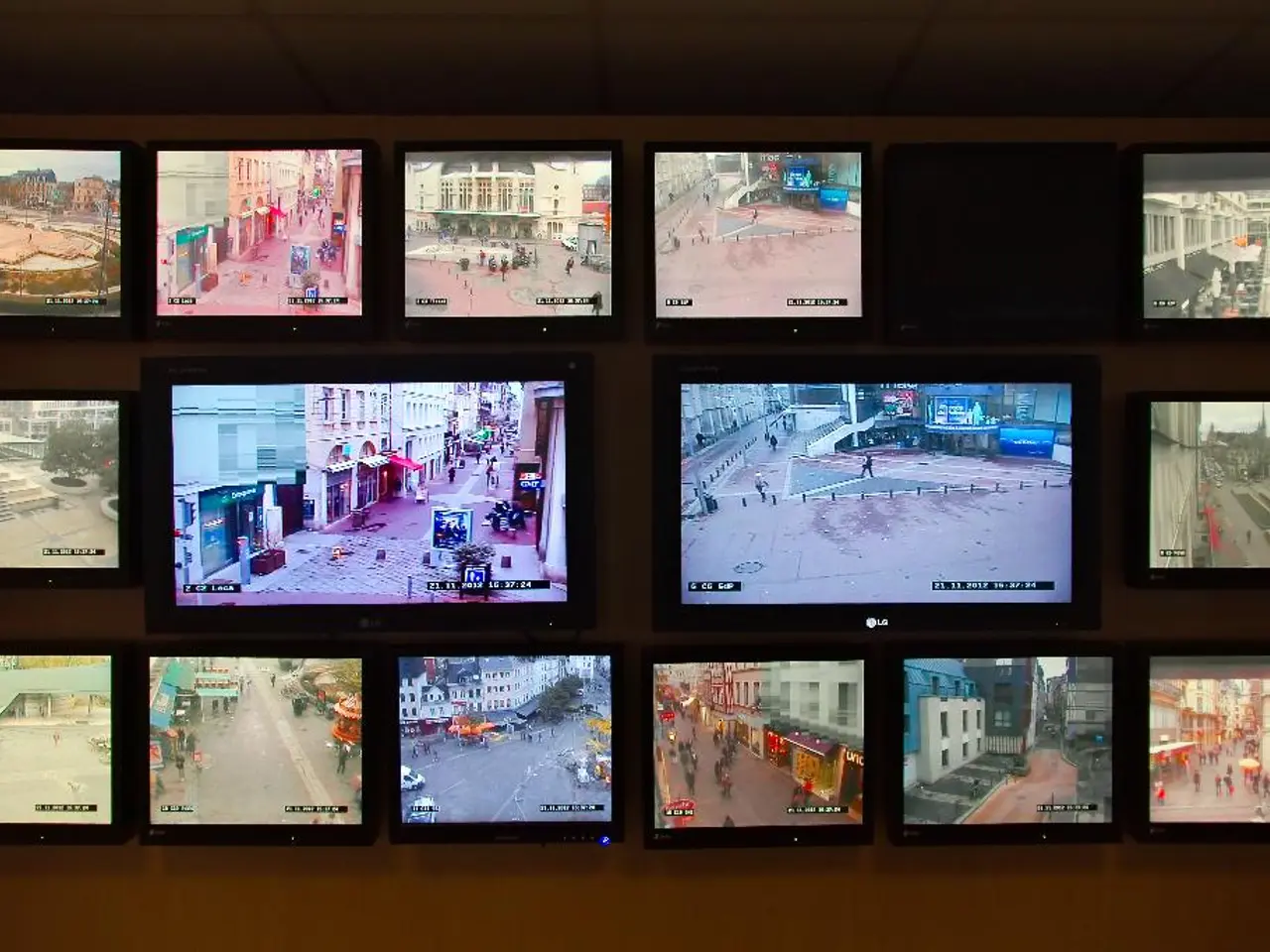Sustainable Charge: EU's New Labels for Smartphones and Tablets
Mandatory energy labels for smartphones and tablets will be implemented across the European Union
Starting next month, your favorite gadgets are getting a new label, but it's not just about energy efficiency. The European Commission is rolling out mandatory energy and eco-design labels for smartphones and tablets aimed at promoting sustainability, durability, and transparency.
These labels will provide consumers with clear, comparable information to make informed and eco-friendly purchasing decisions. The new energy label covers a device's energy efficiency, battery life, resistance to dust and water, and robustness against drops.
In addition to the energy label, manufacturers are now held accountable for an 'eco-design' label. This label focuses on the device's resistance, longer-lasting batteries, access to software updates, and availability of key spare parts. These regulations aim to save electricity, reduce carbon footprints, and foster a culture of prolonged device lifetimes.
So, what's in store for your next device? As per the new rules, devices will be graded on an energy efficiency scale from A to G. Battery life will be specified as the realistic, reliable duration per charge, and minimum cycle stability is now a mandatory requirement. Manufacturers must ensure their batteries can withstand at least 800 full charging cycles before losing 80% of their original capacity.
But that's not all. Durability and repairability will also be a key focus. Devices will be tested for fall resistance and repairability, with the aim of making devices more resilient and easier to repair. Manufacturers will also be required to guarantee access to software updates and spare parts, extending the average smartphone life from about 3.0 to 4.1 years.
To add a cherry on top, these devices must meet certain ingress protection (IP) classes, such as IP67 or IP68, ensuring resistance to dust and water penetration. For added transparency, labels will include a QR code linking directly to the EU's EPREL database entry for the product, providing full technical details.
In essence, the EU's new approach sets a game-changing precedent for mobile electronics. By integrating energy efficiency with durability, battery longevity, and repairability criteria, sustainability and product longevity are now at the heart of consumer choice and product policy in the EU market. Let's embrace these changes and make a positive impact on our planet, one device at a time.
The new energy and eco-design labels for smartphones and tablets, as part of the EU's Sustainable Charge initiative, extend beyond just energy efficiency. They will also consider the device's climate-change impact through environmental-science indicators such as resistance to dust and water, robustness against drops, and longer-lasting batteries. Furthermore, these labels will promote the use of technology that facilitates repairs and updates, extending the average smartphone life from about 3.0 to 4.1 years, and ensuring that gadgets follow sustainable practices to minimize their carbon footprint.




